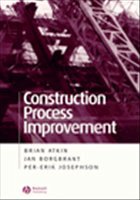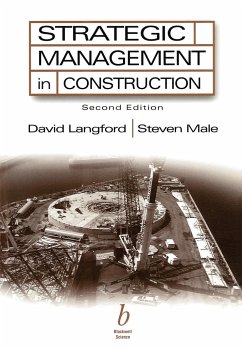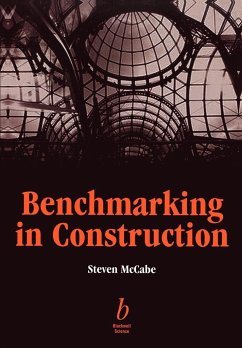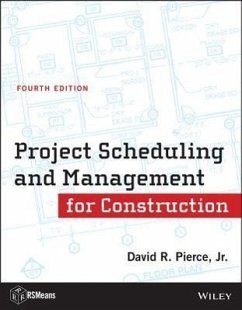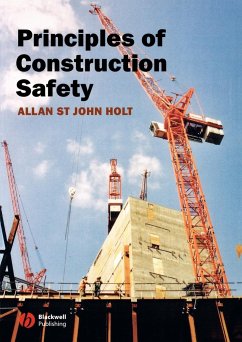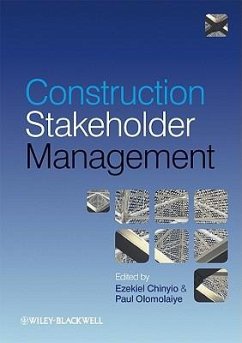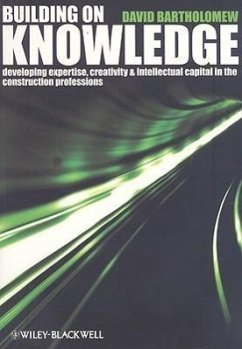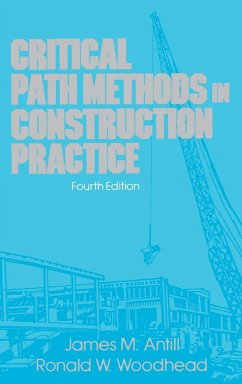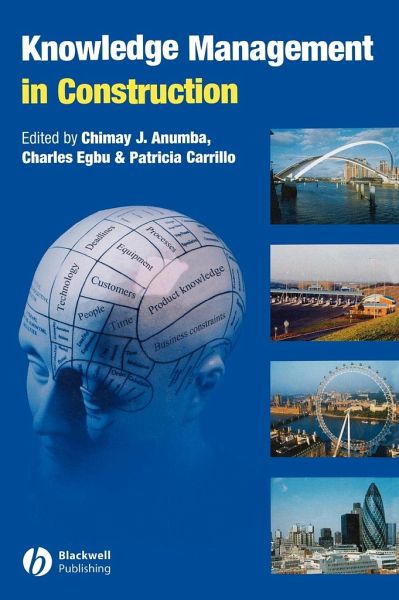
Knowledge Management Construction

PAYBACK Punkte
74 °P sammeln!
A key problem facing the construction industry is that all work is done by transient project teams, and in the past there has been no structured approach to learning from projects once they are completed. Now, though, the industry is adapting concepts of knowledge management to improve the situation. This book brings together 13 contributors from research and industry to show how managing construction knowledge can bring real benefits to organisations and projects. It covers a wide range of issues, from basic definitions and fundamental concepts, to the role of information technology, and enge...
A key problem facing the construction industry is that all work is done by transient project teams, and in the past there has been no structured approach to learning from projects once they are completed. Now, though, the industry is adapting concepts of knowledge management to improve the situation. This book brings together 13 contributors from research and industry to show how managing construction knowledge can bring real benefits to organisations and projects. It covers a wide range of issues, from basic definitions and fundamental concepts, to the role of information technology, and engendering a knowledge sharing culture. Practical examples from construction and other industry sectors are used throughout to illustrate the various dimensions of knowledge management. The challenges of implementing knowledge management are outlined and the ensuing benefits highlighted.





